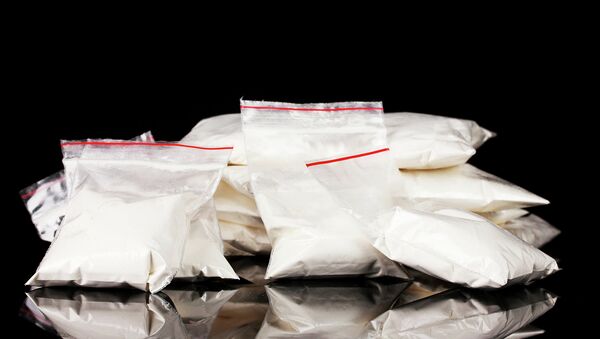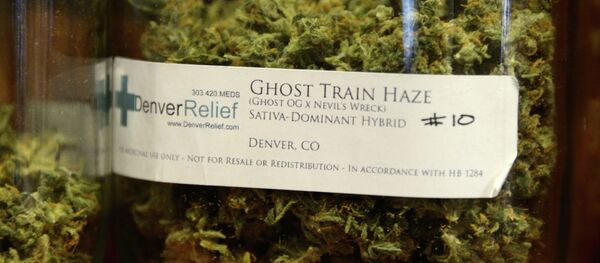"Legalization of marijuana for recreational use has given US consumers access to high-quality marijuana, with genetically improved strains, grown in greenhouses. That's why the Mexican cartels are switching to heroin and meth," explained Raul Benitez-Manaut, a drug-war expert at Mexico's National Autonomous University, as quoted by the Washington Post.
Since Mexican cannabis has evidently lost its market share in the United States, Sierra Madre's drug farmers focused on growing more opium poppies.
In his article "Losing marijuana business, Mexican cartels push heroin and meth," the Washington Post's Nick Miroff points out that the US police officers confiscated 2,181 kilograms of Mexican heroin in 2014 – three times the amount of that intercepted by law enforcers in 2009.
"Heroin and meth are far easier to transport and conceal than marijuana," Nick Miroff explains, adding that a growing number of border-crossing pedestrians which carry the drugs hidden under their clothes or in "body cavities" triggers deep concerns among the US officials.
The Washington Post notes that the Mexican Sinaloa drug cartel remains the dominant criminal power along Mexico's Pacific Coast, controlling the territories from Ciudad Juarez to Tijuana, despite the fact its leader Joaquin "El Chapo" Guzman was arrested by police in February 2014.
"Now, we're seeing housewives coming in who had been addicted to Vicodin for two or three years before switching to heroin, or adolescents who got hooked by snorting it, thinking it was safe, only to end up injecting themselves," stressed Phil Herschman, chief clinical officer with the CRC Health Group, as cited by the Washington Post.
Along with the number of drug addicts, the number of drug-related deaths is on its rise in the US, including overdosing, car accidents, homicides and suicide cases, U-T San Diego stressed.





